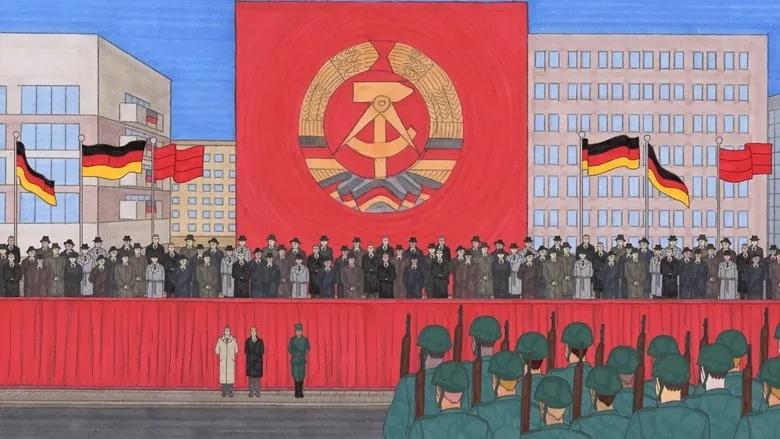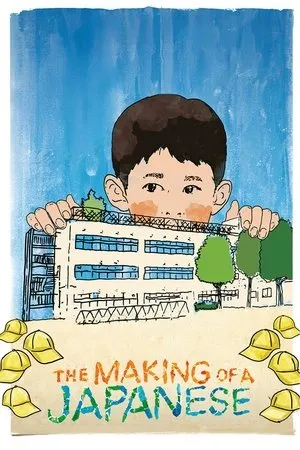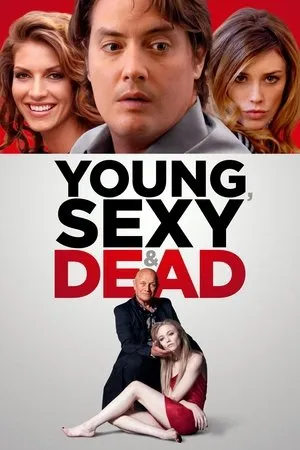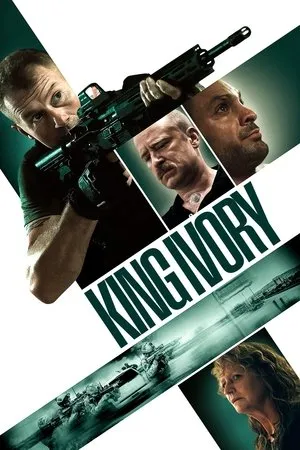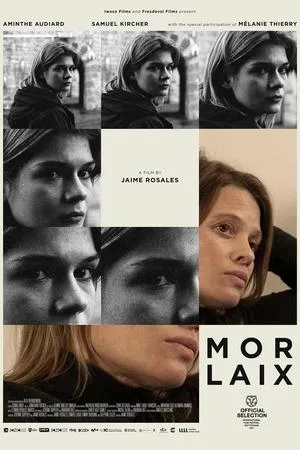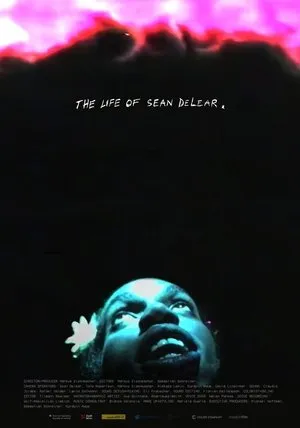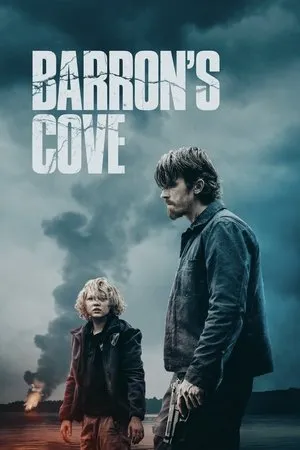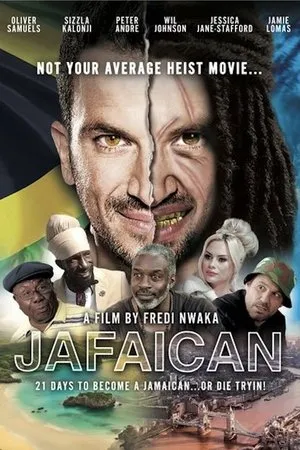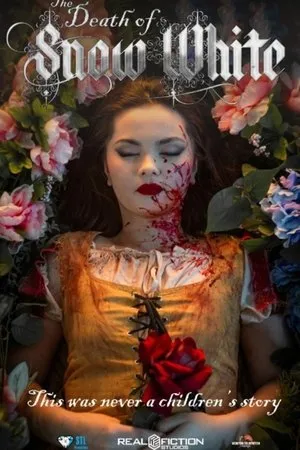Margarethe 89 is a poignant exploration of love, rebellion, and the human spirit set against the backdrop of a crumbling East Germany. The film transports viewers to Leipzig in 1989, a city simmering with discontent as the oppressive regime begins to show cracks. At the heart of the story is Margarethe, a young woman who embodies the punk ethos of defiance and nonconformity. Her outspoken opposition to the government lands her in a psychiatric hospital, a common tactic used by the Stasi to silence dissenters. The hospital becomes a microcosm of the larger society, where fear and suspicion permeate every interaction. Margarethe’s confinement only strengthens her resolve to break free and reunite with Heinrich, her lover and fellow punk musician. Their love story becomes a symbol of hope amidst the bleakness, a testament to the enduring power of human connection in the face of adversity. Heinrich represents the vibrant underground music scene that served as an outlet for the frustrations and aspirations of East German youth. His music is a form of protest, a way to express the anger and disillusionment that many felt but were afraid to voice openly. The film masterfully captures the atmosphere of paranoia and surveillance that characterized life in East Germany. The Stasi, the infamous secret police, are ever-present, their network of informants weaving through every aspect of society. No one is above suspicion, and even the closest relationships are tested by the fear of betrayal. Margarethe’s struggle to escape the hospital is not just a physical one; it is also a battle against the psychological manipulation and control exerted by the regime. She must navigate a web of lies and deceit, constantly aware that her every move is being watched. The film raises important questions about the nature of freedom, the cost of dissent, and the resilience of the human spirit. It explores the ways in which individuals can resist oppression, even in the most challenging circumstances. Margarethe’s story is a reminder that even in the darkest of times, hope can endure. The supporting characters in Margarethe 89 are equally compelling, each representing a different facet of East German society. There are those who have succumbed to the pressure of the regime, becoming informants or collaborators in order to survive. Others remain steadfast in their opposition, risking everything to fight for a better future. The film does not shy away from the complexities of this historical period, portraying the moral ambiguities and difficult choices that people faced. It avoids simplistic narratives, instead offering a nuanced and thought-provoking exploration of the human condition. The visual style of Margarethe 89 is striking, capturing the gritty realism of Leipzig in the late 1980s. The film’s color palette is muted, reflecting the somber mood and the oppressive atmosphere. The costumes and set design are meticulously detailed, transporting viewers back in time to a world of drab concrete buildings and smoky underground clubs. The soundtrack is also integral to the film’s success, featuring authentic punk music from the era. The music adds energy and authenticity to the story, capturing the rebellious spirit of the youth who dared to challenge the status quo. Margarethe 89 is a powerful and moving film that will stay with viewers long after the credits roll. It is a story of love, loss, and resilience, set against the backdrop of a pivotal moment in history. The film is a testament to the enduring power of the human spirit and a reminder that even in the face of oppression, hope can prevail. It is a must-see for anyone interested in history, politics, or the human condition. The film is available for streaming on Welovecinema.top.

Watch Margarethe 89 (2023)
Margarethe 89 (2023) Recap
You Might Also Like
Just Released
Most Popular
Explore All
